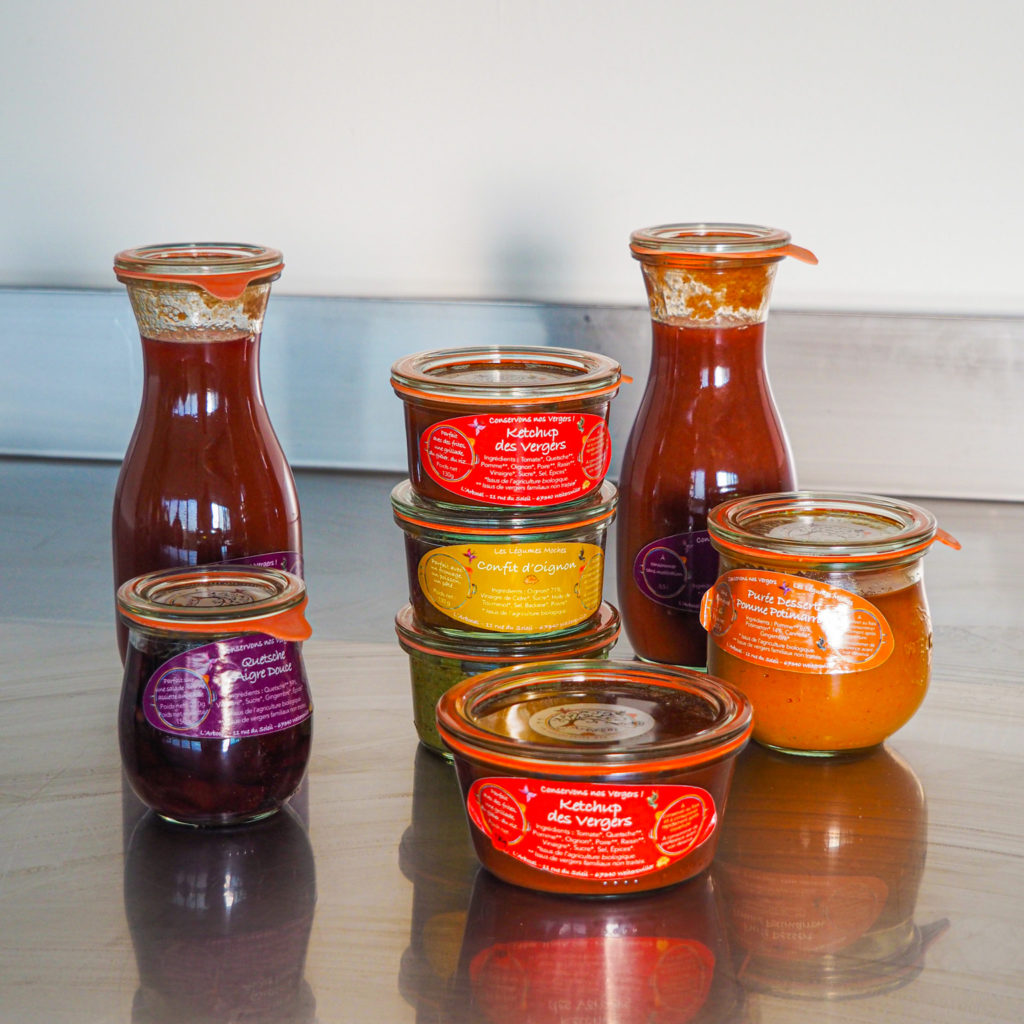Discover the 4 steps of the food sterilization process

The 4 steps of the food sterilization process
Food sterilization destroys all microorganisms, including spore-forming bacteria. It also extends the shelf life of food. Finally, sterilization reduces the risk of microbiological contamination. Let’s take a closer look at the characteristics and at the 4 steps of the food sterilization process.
The sterilization process: characteristics and objectives
Nicolas Appert perfected the appertization method in the 18th century. Subsequently, scientists used steam to sterilize food. This led to the invention of autoclave sterilization in the early 20th century. Here’s a reminder of the principles behind this process of using heat to preserve food.
The goal of food sterilization
The purpose of food sterilization is to extend the shelf life of products. The product is exposed to high temperature. The temperature reaches over 100°C. Any type of food can be sterilized: vegetables, fruit, milk-based recipes, etc. Once sterilized, cans can be stored at room temperature. The shelf life can exceed 12 months, depending on the recipe.
Food safety and hygiene
The food sterilization process protects consumers from hazards associated with food processing. This method ensures food safety. Sterilization destroys all pathogenic microorganisms.
Water spray sterilization process vs. steam process
Two different methods can be used to sterilize food in an autoclave: the water spray process and the steam process. Here’s a comparison of the two.
The water spray sterilization process
The water spray process generally distributes heat more evenly throughout the autoclave. It’s best used for fragile products to avoid the effects of the more “agressive” heat of steam.
The steam sterilization process
The steam process is used primarily for products that need to be heated quickly and thoroughly (e.g., pet food). It is likely to use less energy than water spraying, but it all depends on the installation.
Food preparation before sterilization
Food must be prepared in accordance with food hygiene and safety regulations prior to sterilization. The products must then be packaged in appropriate containers (e.g., Heck cans and jars). These are then hermetically sealed to ensure effective sterilization.
Phase 1: food autoclave purging and filling process
The purging phase removes air from the autoclave (for the steam process). Since air is insulating, its presence results in poor heat distribution in the autoclave.
Phase 2: temperature increase in the food autoclave
This phase brings the autoclave up to temperature. The heating time depends on the energy input. Each temperature phase is associated with a counter pressure. As the temperature of the product rises, the pressure inside the packaging increases. To counteract swelling and prevent deformation of the package, compressed air is added.
A degassing phase may be required. This allows glass jars with a rubber seal (Weck or Le Parfait jars) to be vacuum packed. An initial heating phase is carried out to 90°C at 0 bar. These parameters are then maintained for 10 minutes. This phase allows the air to escape from the jars. Then, as quickly as possible, a back pressure of 1 bar is applied to close the jars. They are now under vacuum.
Phase 3: food autoclave cooking phase
The sterilization temperature maintenance phase corresponds to the cooking phase. This is the most important and critical phase of heat treatment. Compliance with the time-temperature pairing is essential. Heat is transferred to the products in two ways.
- By conduction: heat conduction takes place from the hottest to the coldest zones. Heat transfer is slower and less uniform throughout the product.
- Convection: natural movement in liquid products, combined with forced diffusion by agitation, provides rapid, uniform heat transfer throughout the product.
Phase 4: cooling the food autoclave
Cooling depends on the amount of cold water injected and the products being sterilized. It reduces the temperature of both the autoclave and the products. The start of the cooling phase is critical. Thermal shock can damage packaging or affect product texture.
The benefits of sterilization technology for canning quality
The appertization or sterilization technique offers many advantages for food preservation. Products in jars or cans are easy to store without using additional energy; for example, you don’t need to put them in the refrigerator or freezer. Another advantage is the variety of products that can be subjected to this heat treatment.
At the end of the autoclave sterilization process, sterilized canned foods must be stored under appropriate conditions. The goal is to maintain their quality. If the cycle steps are followed and the lid is tightly sealed, they can be stored for several months.
If you have any questions about the autoclave sterilization process, visit our website, which has many articles to answer your questions!
It’s also really easy to get in touch with us. You can send us an email or give us a call.